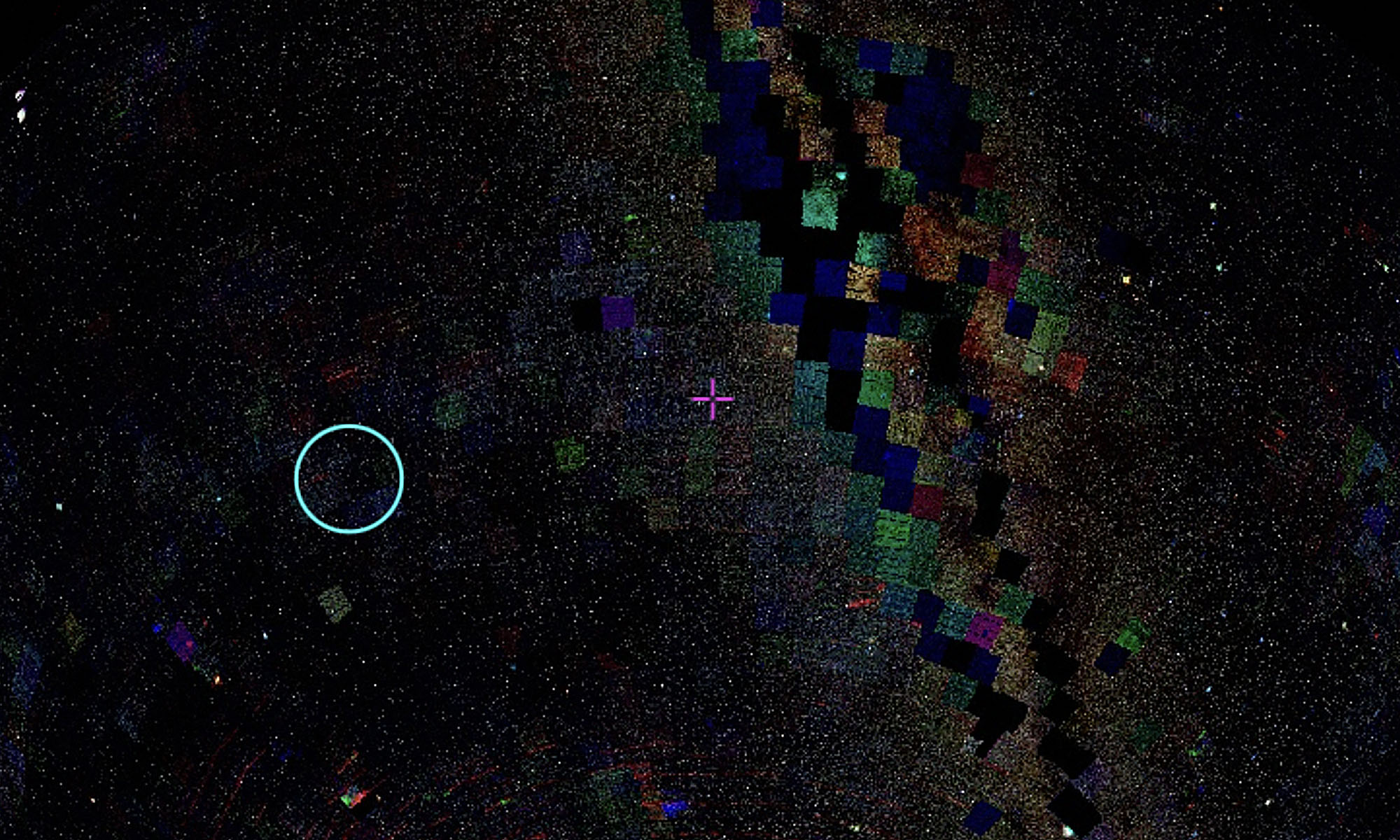These images were found in a collection of photographic slides from 1963, part of an archive currently being digitised at Mt Stromlo Observatory.
While at first they don’t look like anything of interest, Brad mentioned them to me because they actually contain a satellite, indicated on the slide envelopes as Syncom 1, NASA’s first geosynchronous communication satellite. Although contact was lost with Syncom 1 five hours after launch, it was sighted on 1st March 1963 from Boyden Observatory at Bloemfontein, South Africa, two days before this first slide was taken.




These images represent an intriguing shift in focus. Because the satellite is the intended subject, the stars are blurred. This creates an effect similar to satellite contamination as we are familiar with now, but from the opposite cause.
It flips the temporal relationship: rather an exposure time relevant to the motion of stars that satellites zoom past, in this image the timescale is recalibrated to the speed of a satellite. The shakiness of the line then translates directly to the observer’s hand as they traversed the sky. The way the stars move in different directions suggests how the observer moved the viewfinder to find the satellite, actively seeking out a glimpse of other humans in space.





Star streaks (above), satellite streak (below).


This seems a compelling reflection of how our relationship with orbital space has shifted. In the older image the trace of the human hand is embedded in the authorship of the photograph. In images like those resulting from Starlink interference, the trace of the human is instead found in a network of technology. The quality of line changes from nuanced and ambiguous to programmed and streamlined, representing a role reversal in whose times we live by.

